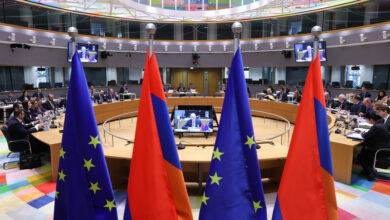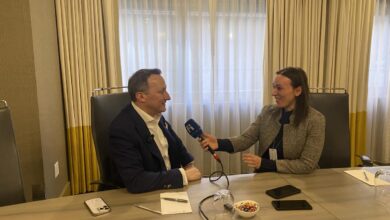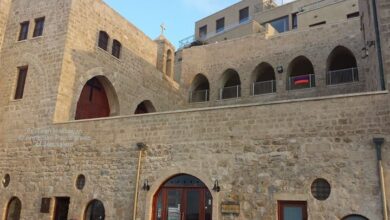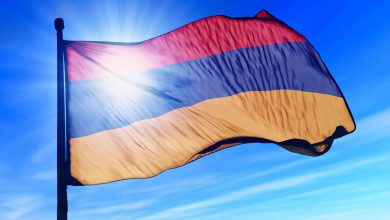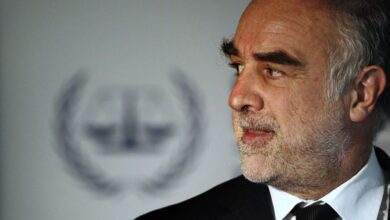Papal trip to Armenia a moment for Orthodox friendship, political rapprochement
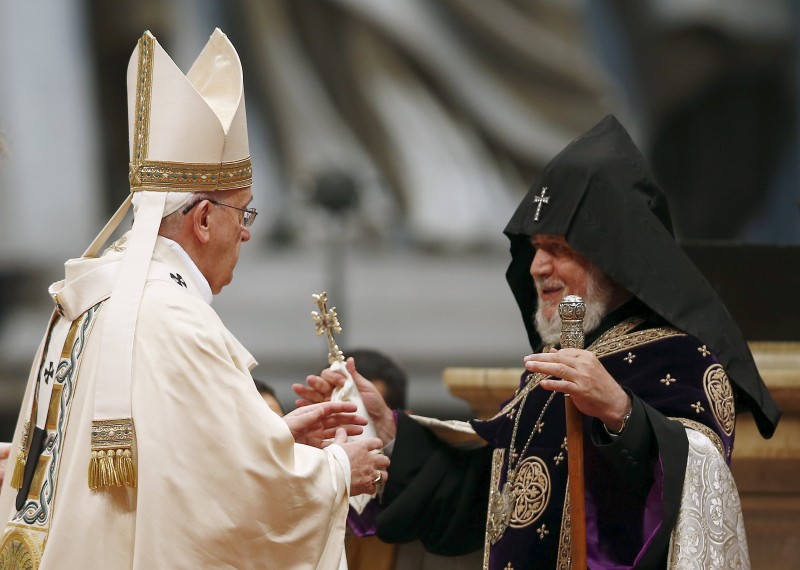
As Pope Francis prepares to embark on a three-day trip to Armenia this week, experts and church leaders are hoping the visit both highlights strong ties between Catholic and Orthodox Christian communities there and brings about opportunities for political rapprochement in its continent-straddling region, Joshua J. McElwee writes in a article published by the National Catholic Reporter.
One of the leaders of the Armenian Apostolic church, an Oriental Orthodox community that includes 93 percent of Armenia’s population of three million, hopes that the pope might help encourage friendlier relations with neighboring countries Turkey and Azerbaijan.
“My prayer is that the Holy Father, because of his strong leadership, will help [in] creating better relationships,” said Archbishop Khajag Barsamian, the primate of the Armenian church’s diocese for the eastern half of the U.S.
“Sometimes, religious leaders … can play a stronger role than political leaders, whose interests are different,” said Barsamian. “The interests of the Holy Father are for peace in the world, reconciliation.”
In one of the most anticipated moments of the Armenian visit, Francis will visit a museum dedicated to the memory of the killings on June 25. One Turkish observer and policy expert said reaction to the trip by his government will likely depend on what the pope chooses to say when he visits that museum.
“I don’t think that will be a problem because any state leader who goes to Armenia visits the genocide memorial,” said Aybars Görgülü, an expert at Public Policy and Democratic Studies, an Istanbul-based research and advocacy think-tank.
But, Görgülü added: “It depends on what he will say.”
“If he repeats what he said last year, making another strong statement, then Turkey will have a reaction,” he said, mentioning that the country temporarily withdrew its ambassador to the Vatican after the Pope’s words in 2015.
Barsamian, whose diocese ministers to about a million members of the Armenian church in the U.S., said Francis’ visit is a “great opportunity for the Armenian people to also express their gratitude” for his description of genocide.
“It was such a very clear, very pastoral, very strong message to the world, saying that this is the first genocide of the 20th century and it’s important we recognize the mistakes of the past,” said the archbishop.
“This will be a great opportunity for the Armenian people to express their gratitude, their appreciation to the Holy Father for such a courageous step and for a strong spiritual leadership,” he said.
Beyond the political dimension of the genocide issue, Barsamian said Francis also has an opportunity in Armenia to model ecumenical leadership and friendship during his visits with the Orthodox community.
Paulist Fr. Ronald Roberson, associate director of the U.S. bishops’ secretariat of ecumenical and interreligious affairs, said Catholics and Armenian Orthodox have a “very close” relationship.
Roberson mentioned Pope John Paul II’s visit to Armenia in 2001, when the pontiff celebrated a Mass for the local Roman Catholic community using the same altar that the Orthodox use in their celebrations.
“It’s a classic example of the ‘almost-perfect’ communion that exists between the Catholic church and many of the eastern churches,” said Roberson, adding that there is a “very high level of mutual respect.”
Barsamian said he hoped meetings between Francis and Karekin II, Supreme Patriarch and Catholicos of All Armenians, would help Catholics and Orthodox at local levels around the world practice greater friendship.
“Such meetings send a great message to the people, to faithful everywhere, so that locally laypeople and clergy see that on a higher level there is such a connection and communication,” said the archbishop.
“When the pastors, the faithful, see that on this level there is such a warm, brotherly relationship, then on a local level people become closer,” he said.



